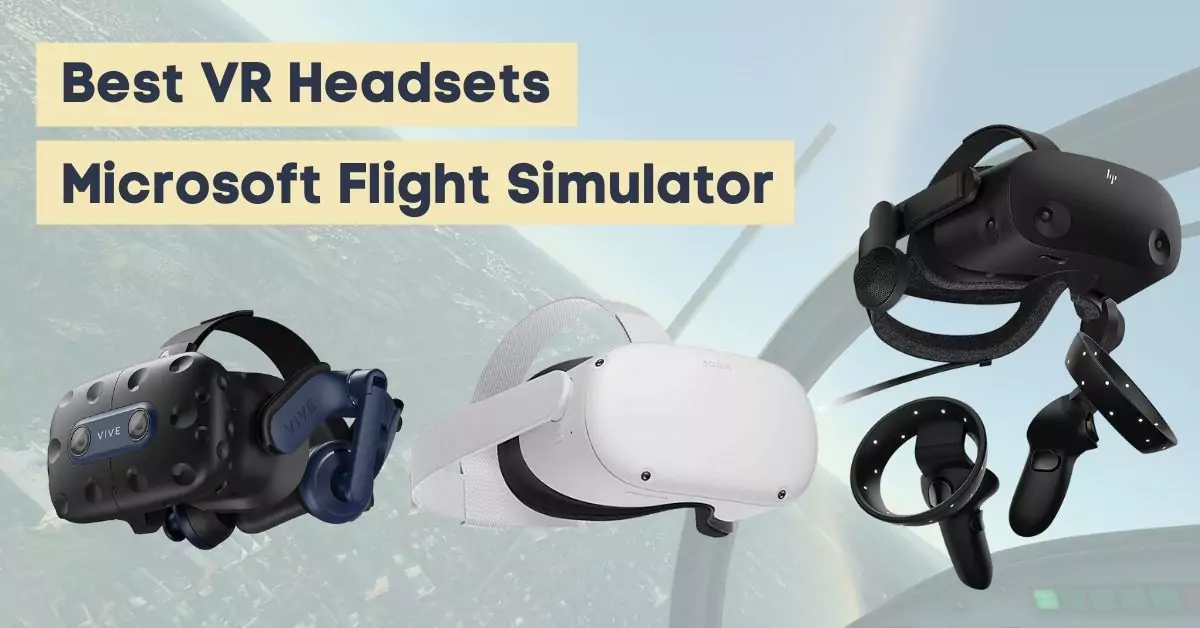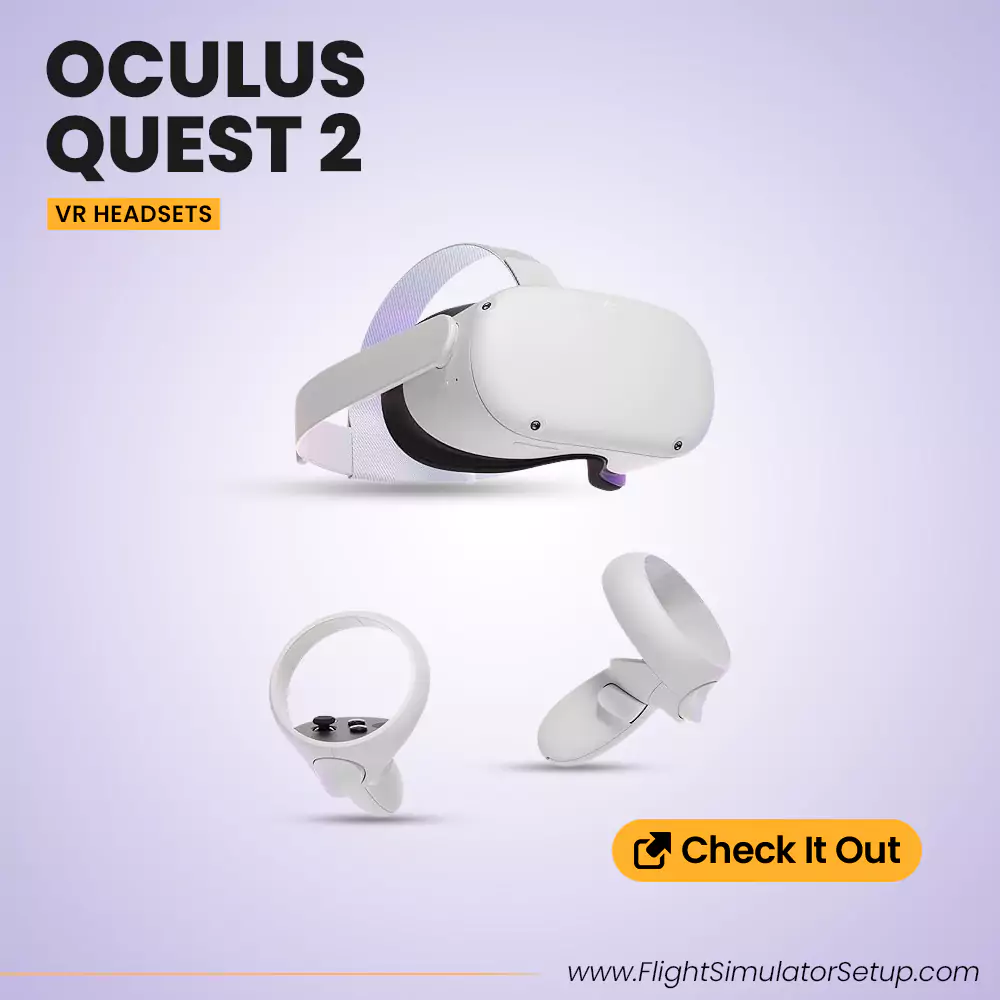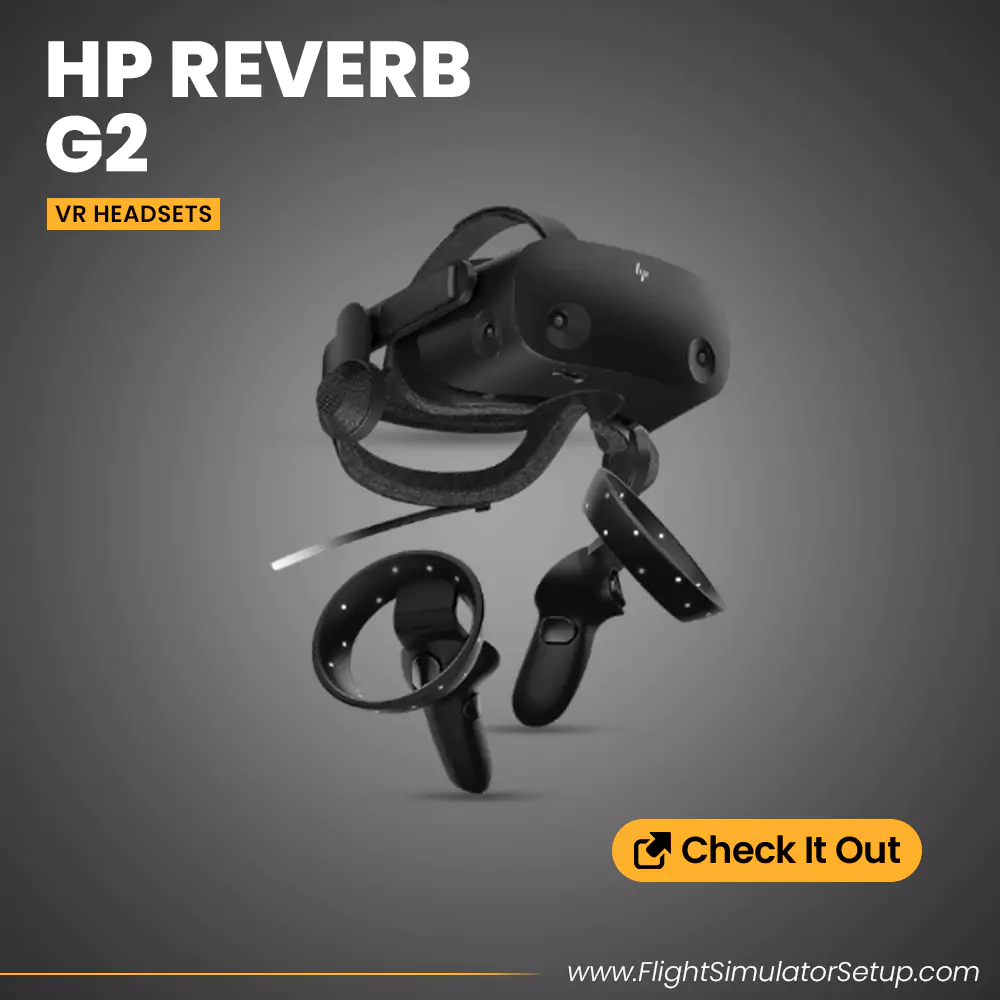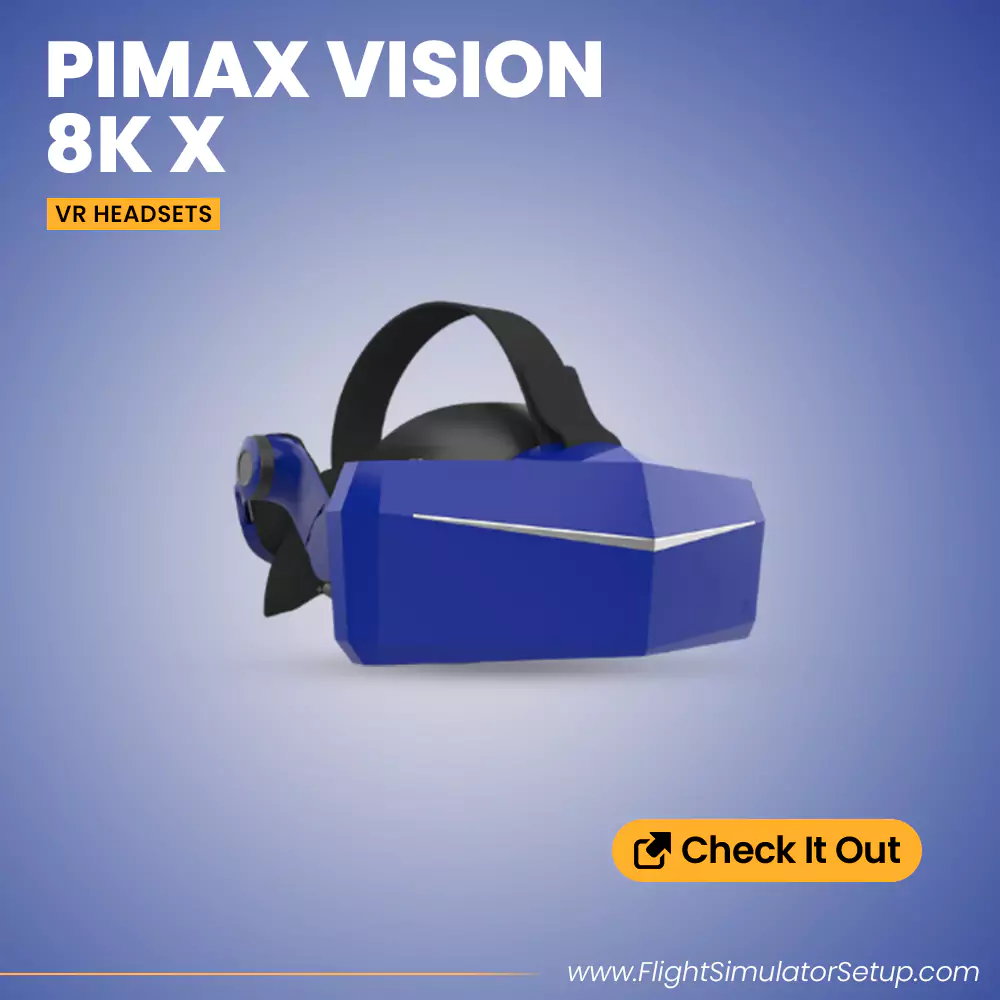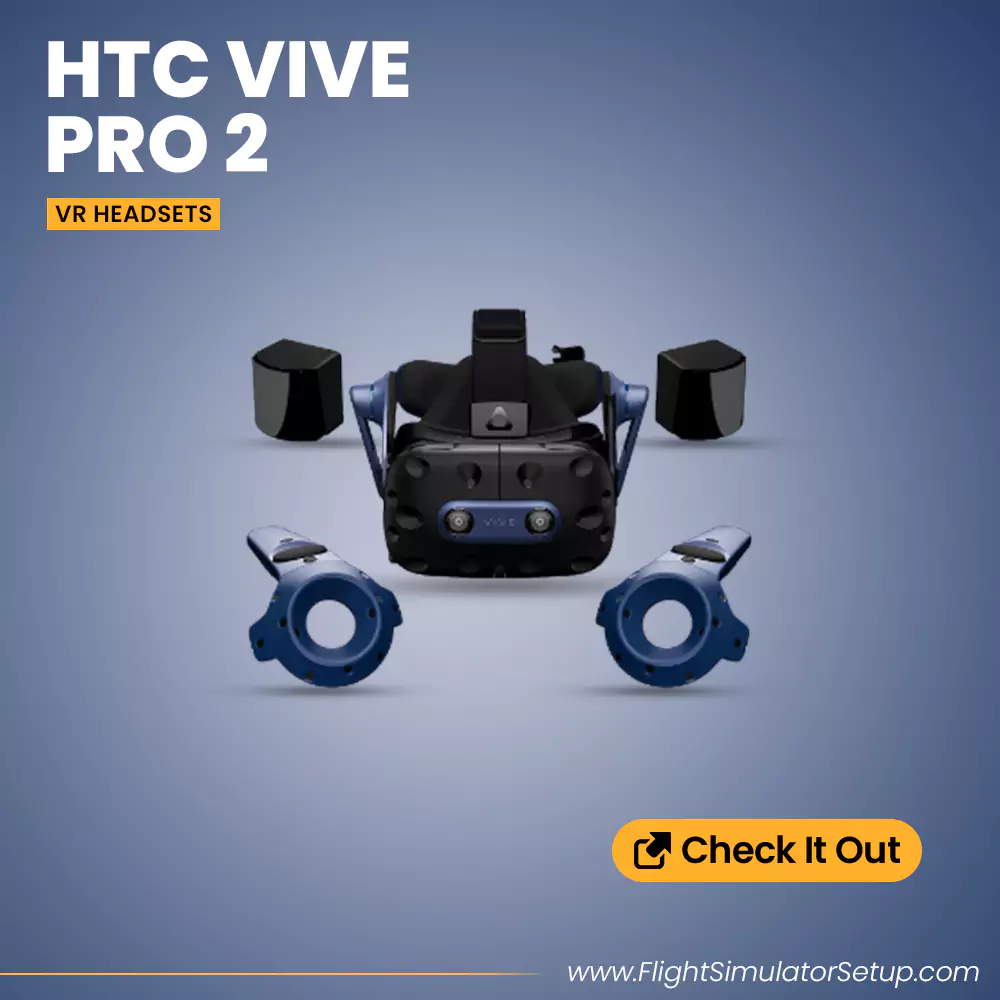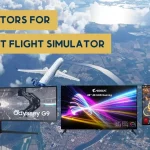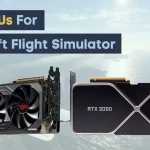Step into the expansive and lifelike world of Microsoft Flight Simulator 2020, where the entire planet becomes your playground. This game isn’t just another addition to your collection; it’s a gateway to exploring Earth in its full, photorealistic glory. From the towering Golden Gate Bridge in San Francisco to the intricately detailed Sagrada Familia in Barcelona, the game’s map is a virtual replica of our world. Microsoft Flight Simulator 2020 sets a new standard in the realm of simulation games, with over 300 meticulously rendered cities awaiting your discovery.
With the introduction of VR support, Microsoft Flight Simulator 2020 elevates your gaming experience, offering an immersive and visually stunning virtual reality journey. Whether you’re an aviation enthusiast, a gamer seeking extraordinary experiences, or someone who dreams of flying, this VR integration is a game-changer. It brings the thrill of piloting an aircraft to your living room, sans the need for a pilot’s license or the risks associated with real-life flying. The experience is so immersive that even those with a fear of heights might find themselves awestruck by the realistic views of cityscapes and oceans below.
In this guide, we focus on the best VR headsets for Microsoft Flight Simulator 2020, ensuring you get the most out of your virtual flights. Our selection is crafted to enhance your VR gaming experience, merging high-quality visuals with immersive gameplay. But before we delve into our top VR headset recommendations, let’s understand the key features that set apart a great VR headset for flight simulation. Prepare to transform your virtual flying experience into something truly extraordinary, with our expertly chosen VR headset lineup for Microsoft Flight Simulator 2020.
Best VR Headsets for Flight Simulator 2020
We wanted to curate a list that would help anyone find the VR Headset best suited for them. With that in mind, we figured the following 4 headsets would do just that. Following is the list of best VRs for flight simulator 2020:
What’s in the box?
It’s useful to know what you get in the box with a VR headset. You might get more than what you bargained for, or you might find a couple peripherals missing. With the Oculus Quest 2, the latter does actually apply. There’s no link cable in the box at all. Meaning if you were looking to play PC VR games like FS2020 on the Quest 2, you either need to cough up the extra cash for a link cable or you need to use Air Link, which is a wireless connectivity solution with its own compromises (like latency).
That’s about the only gripe we have with the in-box offerings. You do get everything else you’d expect, like the VR headset, two touch controllers, a Silicone Cover, a glasses spacer, a charging cable, and a power adapter.
Review
The Oculus Quest 2 is arguably the most popular headset out right now. Much of it is thanks to its excellent value. It’s a solid standalone VR option that’s also ready to be hooked up to your PC should you want to do that. Standalone means it natively supports an array of VR applications and games without ever needing to connect to your PC. In other words, you can use it wirelessly and download games straight to the headset. The display is also pretty solid, so you’re not going to complain about blurry or low-res images.
The tracking is also spot on. It’s no surprise either with the technology on board, and it totally levels up the immersion which is doubly important when it comes to VR for MSFS 2020. If you were hoping to find that you could use this without your own set of headphones, be warned, there are no dedicated headphones on the Quest 2. We hesitate to call this a downside strictly because most people, especially enthusiasts, will carry their own set of headphones and you always have the option to connect them to the Oculus Quest 2. Inconvenient? Sure. Deal breaker? We don’t think so.
The battery life also leaves a bit to be desired, lasting between 2 or 3 hours on a charge. You will also be forced to sign up for a Facebook account in order to sign into the Oculus ecosystem. Overall, though? We’re definitely of the opinion that the Oculus Quest 2 is the perfect VR headset for most people.
What’s in the box?
No notable exclusions this time round. Inside a sleek black box, you’ll find the VR Headset neatly tucked in along with a 6-meter cable which is essential cause you CANNOT use the Reverb G2 wirelessly. You need a cable to properly experience full PC games in VR anyway, regardless of the headset, so at least it’s there (we’re looking at you, Oculus!). Also, you get a pair of motion controllers. The rest is just documentation and a few adapters for power and connectivity.
Review
The HP Reverb G2 is generally built a little better than the Oculus Quest 2, and also hardware wise definitely a bit of an upgrade. The obvious standout is resolution. You’ll quickly notice that images are sharper, and you get more screen with the Reverb G2 as well, sporting 2 screens instead of one. You can also turn around a little more with the extra 24 degrees in your field of view. While performance will rely solely on the capabilities of your system, you can definitely count on the HP Reverb G2 to give you a great visual experience.
Tracking is a bit of a bummer, though. There’s not a lot we can say about it other than its just not super precise. Finally, if you plan on using this for an extended period of time, be prepared to experience some pressure on your nose. It’s not a very comfortable fit on your schnoz and you might be contemplating getting a replacement fit down the road.
HP often get it right with audio. If you’ve used HP laptops in the past, you may be familiar that they go the extra length in ensuring good sound quality from their speakers. They’re continuing that tradition with the HP Reverb G2. You do get a set of some nice speakers which are more than serviceable in their own right, and that’s good cause you don’t actually get a headphone jack here. It’s not all bad though, you can still use your own headphones by connecting them to your PC and synchronizing the audio automatically with the Windows Mixed Reality portal.
What’s in the box?
The box immediately stands out on its own if we’re being honest. It’s sizeable, and with a handle on top it looks like it was meant to be the obvious solution to carry your headset around. This is reinforced by the generous amounts of padding too. There’s not a lot in the box actually. Visibly there’s only the headset, headphone attachments and a 4.5 meter, 3 in 1 cable solution that includes a DisplayPort and two USB A ports. The padding and stuff are already on the headset, so go ahead and count those too. That’s literally it. A very barebones unboxing experience that surprisingly does not include any controllers, but it is what it is.
Review
Pimax are a relatively unknown company. They don’t quite compare to the Quest 2s and the Vives of the world, but their products speak for themselves. Let’s get some downsides out of the way first of all. This headset is expensive. No way around it, its just what it is. Despite how pricey it is, there’s not a lot of tech gimmicks on display. It kind of looks like a toy and some people might say it’s built like one with the unmistakable all-round plastic design. Frankly, tracking is inherently inferior to something like the Oculus even without a base station to improve on that.
So why should you buy the Pimax? We found that the Pimax 8K X has a couple things going for it that are so good they make this a great fit for Microsoft Flight Simulator 2020. First off, there’s the high-res display. This actually has the highest resolution per eye out of any other VR headset on the list. A full 4K for each eye. I can’t decide whether this display is necessarily better than the Reverb G2 or not. For one, it’s definitely higher resolution so that means sharper images on paper. But at the same time, the display quality is just THAT good on the HP. Nevertheless, it’s pretty good.
The star of the show, though? Definitely the super wide field of view. Advertised 200 degrees, boy this thing is WIDE. Again, it’s the widest field of view out of any VR headset on the list. Sounds a lot better now, doesn’t it? And this is really important for Flight Simulator cause you want to see as much as possible and move your head as far as you can.
What’s in the box?
We hate to start on a sour note, but the fact that even HTC continue without including necessary hardware in the box is a little annoying. You get ZERO controllers or base stations, and HTC would rather you pay extra for that since they probably believe the headset alone is all that. So unfortunately, all you get in the box is the headset itself along with the usual adapters and documentation. You do get a DisplayPort cable though, which is nice.
Review
HTC clearly believed in their headset enough to have the audacity to ship it without some key accessories. That must mean its pretty solid right? You know what? Yes, it is. It is THE headset for a gamer with expensive tastes. If you have the money to buy this headset, odds are your PC is doing alright too. So, if that’s the case, keep on reading because you might love this, a lot. For starters, the display is just crazy good. Not only do you get a top-notch display in terms of quality, but you also get a lot of resolution and a native 120Hz refresh rate. Are you going to actually hit a full 120fps on Microsoft Flight Simulator? Probably not, but it’s obviously amazing to have. Again, this would be improved with base stations and not being forced into SteamVR, but the motion tracking is admittedly pretty nice. It’s precise, smooth and great for your Flight Sim needs.
At a full 120 degrees wide, it might not be as generous as the Pimax headset in terms of Field of View, but it’s still impressive. Once you get over your gripes with how HTC may have made some shocking decisions with the headset as a total VR package, you’ll definitely come to love the inarguably stellar VR experience it offers as a tethered headset. Yeah, you heard that right, it is not wireless. And that’s a little disappointing too. But honestly, if you’re using this only for Flight Sim, you’ll get by.
The Buyer’s Guide to the Best VR Headset for MSFS 2020
So, you’ve decided to get your head behind a pair of VR goggles. Nice. While people might take you for a dork from the outside, you can easily ignore them because you’ll be having some serious fun. In order to maximize your fun, look out for some key features or specifications which are as follows.
Resolution
The human eye is capable of seeing a striking 576 megapixels in resolution. Now you’re obviously not going hit over 500 megapixels on a VR display, but you can do your eyes a solid and opt for a reasonably high-resolution display. In VR terms, this is actually referred to as “Resolution per Eye”, which is pretty self-explanatory. If you don’t want a blurry image, you’ll want this number to be as high as possible. And for the love of all that is good in this world, do not cheap out on the resolution for your own sake. You might get away with something like 720p on a monitor but try and do that on a VR headset and you’ll hate yourself. Adequately fashion yourself a PC such that this will never be problem.
Field of View (FOV)
This is basically a figure for how far you can rotate your head and still see the game world. A higher number means you can turn your head a little further and not see a blank space / black bars. So, make sure this is one of the first things you rush to on the spec sheet.
Wearability
There’s a lot that makes a headset wearable. For one, it has to be comfortable. You don’t want to take the headset off after a lengthy gaming session with your head hurting. A decent head strap with some quality padding goes a long way. Sometimes you’ll find you can replace your existing strap for a better one, but wouldn’t it be great if you can spot a good one right out of the box?
Something else that adds to comfort and wearability is how lightweight your headset is. Especially if it’s not mounted to anything. A heavy headset will want you quitting the game in no time, so make sure you pick something that’s not reminiscent of a weightlifting session at the gym.
Also, make sure you have the specifics on the design of your headset. We all have differently shaped heads, so some headsets will suit us better than others. Also, the cutouts for the display or just the display in general may not be suitable for people who wear contacts or specs right away.
Parts for Performance!
And that’s not all! If you’ve been around the site, you’ll know how often we’ve stressed how demanding Microsoft Flight Simulator actually is. VR takes that a step further. You see, even a passable VR experience requires your PC to churn out a truckload of frames every second. If it doesn’t manage at least comfortably near or ideally above the 80fps mark, not only is bad for your gaming experience, but it’s actually bad for your health!
Low or inconsistent framerates may cause nausea, additional eye strain and “VR sickness”. To avoid that, we recommend that you make sure your gaming rig is fitted with at least the following:
| Specification | Value |
| CPU | 10th Gen Intel Core i7 10700K / AMD Ryzen 3800X or better |
| RAM | 16GB or better |
| Graphics Card | NVIDIA RTX 3070 Ti or better |
| VRAM | 12GB or better |
It’s worth noting that these aren’t official Microsoft Specifications, because well, there aren’t any. This is simply a combination that should grant you a fine VR experience. You can go off the higher end of official requirements too but try and prioritize your GPU spending to pump those frames up. Besides this, you’ll need a sizeable 150GB for installation so free up some space in your SSD or Hard Drive if you haven’t already
Conclusion
That’s a wrap for VR! What an exciting way to experience Flight Simulator, honestly. We’re sure any of the aforementioned headsets will neatly service your VR Flight Sim needs, and we’re also certain that you’ll find the perfect one for you in those very four. The HTC Vive Pro 2 is a solid option for anyone who’d call themselves a “power user”. Similarly, the Pimax is the go-to option for anyone crazy about resolution and sharp image quality. If you want to save some money but still get a comparable experience, go with the HP Reverb G2. Otherwise, you can’t really go wrong with the Oculus Quest 2. It’s an affordable entry into the world of VR which is fantastic for casuals and enthusiasts alike and still works like a charm for Microsoft Flight Simulator VR.
Frequently Asked Questions (FAQs):
Does MFS2020 support VR?
Of course it does! This article wouldn’t exist if it didn’t. Just make sure you have the right setup for a decent VR experience, cause a bad VR experience will have you regret ever getting into VR in the first place.
Does Microsoft Flight Simulator 2020 support VR on Xbox Series X?
Unfortunately, it does not. If you want to play Microsoft Flight Sim you’ll have to hedge your bets on a PC that can run the game.
What graphics card do you need for Microsoft Flight Sim VR?
Microsoft does not officially recommend a Graphics Card for FS2020, but the beefier the card the better. If you can get your hands on the best of the best, there’s no reason not to. Still, try to at least have a 30 series RTX card or an AMD equivalent for a playable experience.
Is the RTX 3070 Ti good for Microsoft Flight Simulator?
Optimization with VR is something that both can and probably will get better with time. As it stands you can definitely get a playable experience with a Flight Sim, 3070 Ti combo.
Does Oculus work with Flight Simulator?
You’ll be happy to hear that Microsoft Flight Simulator 2020 is compatible with the Oculus Quest 2. We think this is great because of how popular and accessible the Quest 2 has become these days.
Hey there, I’m your host at FlightSimulatorSetup.com! With a deep love for all things aviation, I’ve spent years immersed in the world of flight simulation. My mission? To share my expertise and help you pick the perfect flight sim hardware for an incredible flying experience. Let’s take off together!

